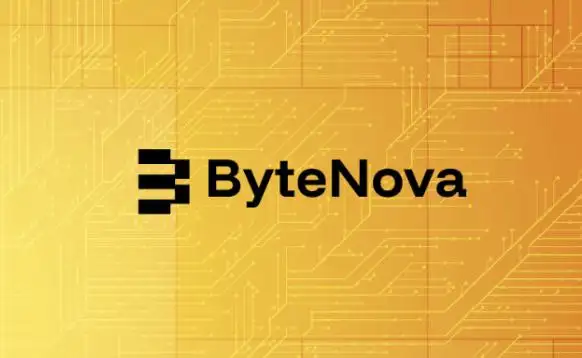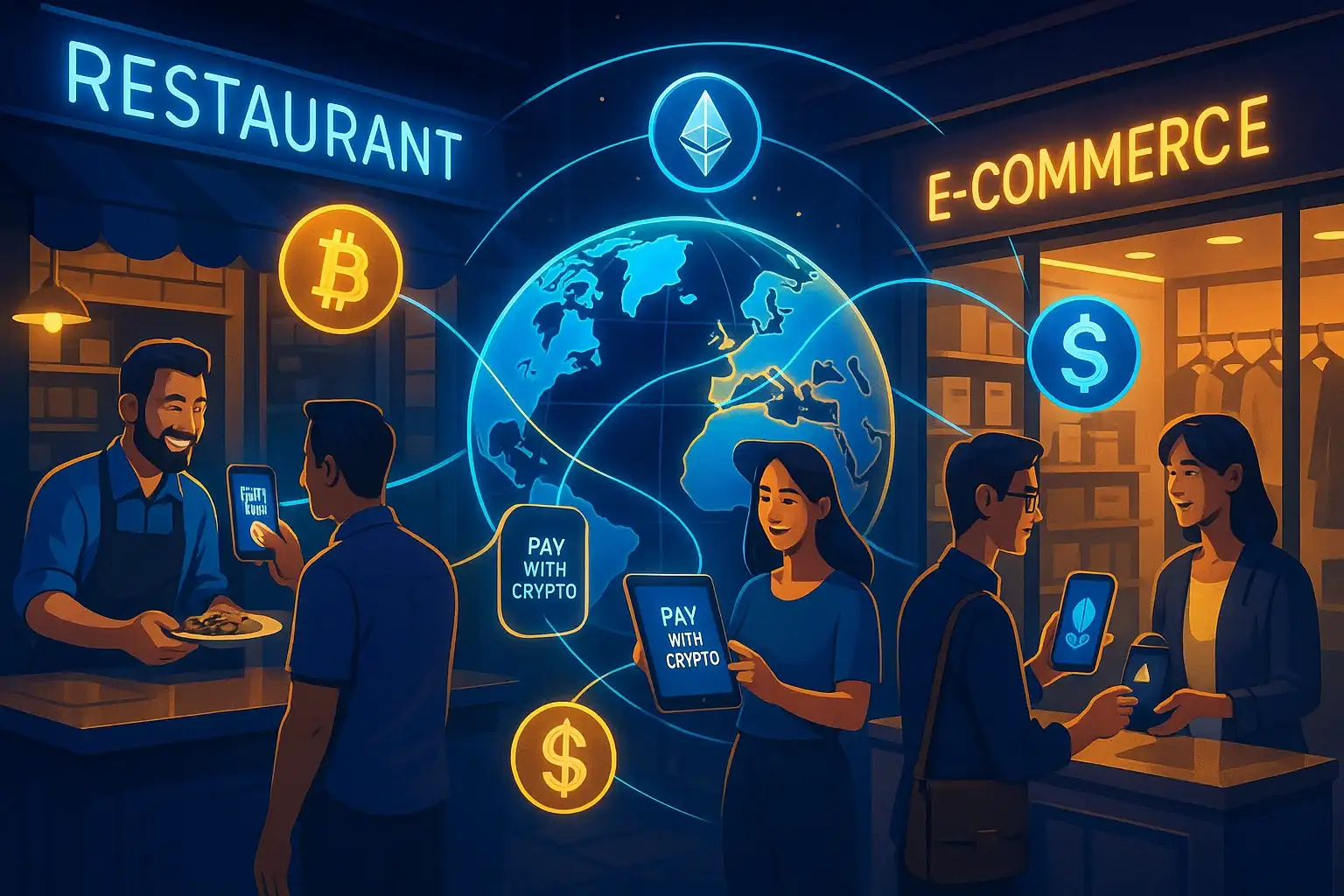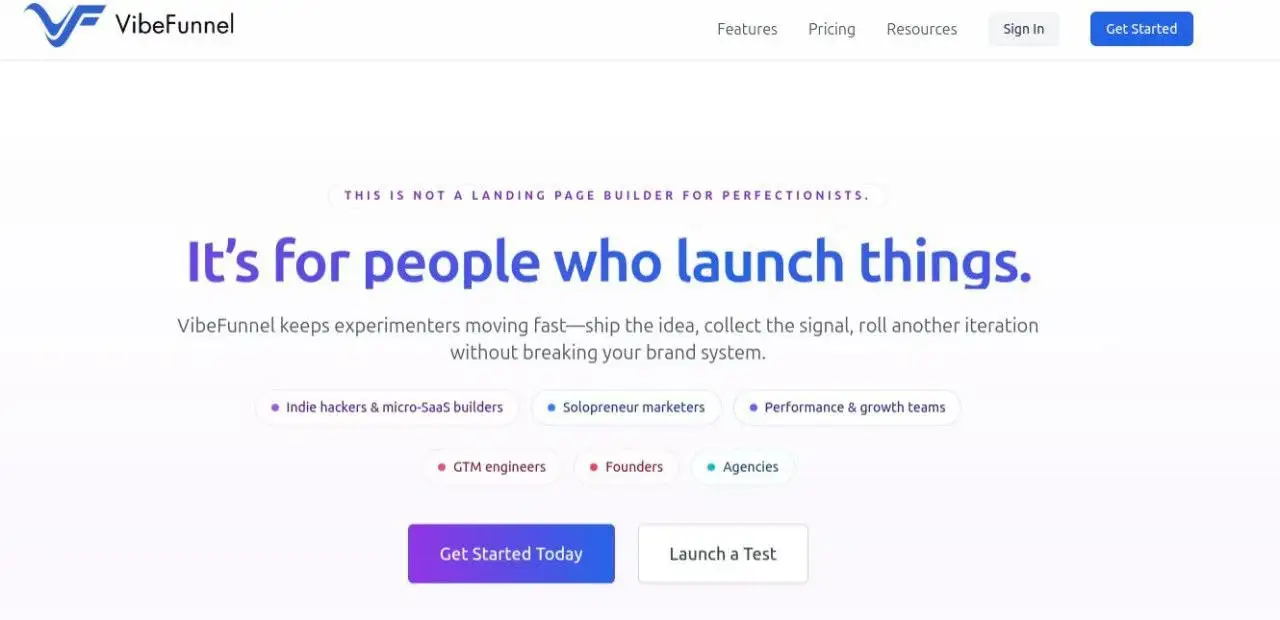
Growth across blockchain ecosystems further extends the demand for seamless interoperability.
Cross-chain solutions bridge the gaps between isolated networks and provide an arena wherein asset security can be transferred, data is shared seamlessly, and innovation is developed in collaboration with new ways to use decentralized technologies across multiple industries.
What is a Cross-Chain Solution?
Cross-chain solutions are those kinds of technology and protocols that are designed to realize interoperability between different blockchain networks.
These are solutions that enable a set of blockchain networks to communicate, share data, and transfer assets among themselves without users and developers having to rely on a single ecosystem.
These are particularly essential for the fragmentation going on in the blockchain landscape, wherein most networks today operate in isolation, having in place unique structures, consensus mechanisms, and technical rules.
Asset Transfers: Allow cryptocurrencies, tokens, and non-fungible tokens to move between blockchains.
Data Sharing: This will enable applications to share information across chains and for various use cases, such as decentralized identity, supply chain management, and smart contracts.
Interoperability: If two different networks cannot work together, there is a bridge that can be created to form a cohesive and integrated blockchain system.
Cross-chain solutions tear down the silos, enabling developers and users to tap into the powers of multiple blockchains.
They further allow multiple complex dApp creations to operate across a wide variety of ecosystems with increased functionality, user experience, and overall scalability of blockchain technologies.
Some of the emerging trends in cross-chain solutions are:
The cross-chain bridges are one of the basic ways with which blockchain networks can interact, as far as the movement of data and assets across blockchains is allowed, thereby building connectivity with the retention of the unique features of each chain.
Asset and Data Transfer Capabilities:
Advanced bridges today support the transfer of a wide range of assets, including native tokens, wrapped tokens, and NFTs. This flexibility has extended their use across DeFi, gaming, and enterprise applications.
Improved security:
It is out of this very concern that developers have turned their attention to using advanced cryptographic techniques such as zero-knowledge proofs and MPC. These techniques mean additional enhancement in the security features of cross-chain transactions, thus fewer weak points and more reason for users to trust.
Decentralized Bridge Technology:
Decentralized bridges are now replacing traditional centralized options by leveraging the power of blockchain protocols such as Polkadot and Cosmos. The decentralized alternatives guarantee significant extents of transparency, reliability, and scalability for cross-chain activities.
Furthermore, the strong changes in the adoption of advanced bridge technologies reinforce the foundation of blockchain interoperability that enables users and developers to communicate efficiently across multiple networks.
Some blockchains are designed to natively introduce interoperability into their architecture, which easily makes them ideal for cross-chain communication. These networks try to make the operations between chains easier by offering native solutions for seamless interaction.
Polkadot's Relay Chain:
The Parachains are empowered through a relay chain architecture on Polkadot, many blockchains. In this design, shared security and fluent communication across chains is guaranteed, making the onboarding of new blockchains far easier.
Cosmos and Inter-Blockchain Communication (IBC):
Interoperability on Cosmos is enabled through the IBC protocol, which allows independent blockchains to interoperate with each other, moving assets and information across chains with far less friction. Its modular framework will significantly reduce the complexity of building connected blockchain ecosystems.
Quant's Overledger:
Quant offers a unique approach by providing an enterprise-grade interoperability layer. It connects public and private blockchains, catering to businesses seeking seamless integration across diverse systems.
These networks cut down technical difficulties in the way of inter-chain communications, hence increasing blockchain adoptions across industries.
Decentralized applications are evolving to use multiple blockchains at the same time to enable better functionality and user experiences. Cross-chain dApps put together the powers of different blockchains for a more holistic solution.
User-Friendly Interactions:
Cross-chain dApps allow users to operate different chain assets in one wallet. There will be no hassle in using a complicated bridging process, and asset management is quite easy.
Enhanced Capabilities for Developers:
The complex dApps can be created by the developers by selecting features from various blockchains. For instance, an application can use the security of Bitcoin and the smart contract capabilities of Ethereum.
Portability and Risk Mitigation:
Multi-blockchain dApps, therefore, means that users' assets can be transferred across chains easily, hence reducing the risk in case of any technical failures or network downtime.
Examples of in-production cross-chain dApps include such DeFi platforms as ThorChain, which enables asset swaps across the chain, and gaming platforms like OpenSea for multi-chain NFT trading.
Cross-chain smart contracts generally power decentralized applications that run across blockchain chains. This makes the possibility of greater collaboration between chains, and in turn, blockchain technology can grow much bigger.
Multi-chain workflows
Cross-chain smart contracts have the potential to trigger complex workflows for dApps involving multiple blockchains. This will be highly critical for DeFi platforms, gaming, and supply chain management.
Composable smart contracts:
The Chainlink CCIP, or Cross-Chain Interoperability Protocol, provides the composable smart contract toolsets. These will be contracts that can communicate across chains in integrity with much deeper functionality.
Oracles and Automation:
Cross-chain oracles are going to be a critical component in the smart contract data feed, where each ensures that the operations are performed precisely and reliably across blockchains.
Developers, thanks to cross-chain smart contracts, can create full-fledged applications operating with the powers of unique features of several blockchains.
Integration of Web3 and enterprise applications
Cross-chain solutions form part of the bigger picture that is Web3-a decentralized internet. They are finding their application in enterprise systems, too, while bridging the gap from public blockchains to private ledgers.
Simplified Development:
Alchemy and Moralis are able to take over the headache of cross-chain application development with abstracting tools. Their provided resources make for much more efficient multi-chain dApps development.
Enterprise Use Cases:
Businesses are now incorporating cross-chain solutions in their operations for various applications, including supply chain management, payment systems, and the verification of digital identity. For instance, IBM's Blockchain Platform integrates cross-chain capabilities to work out business operations efficiently.
Decentralized Internet Infrastructure
Cross-chain technologies have been a pivotal need when it comes to building a highly decentralized Web3 ecosystem. They allow sharing data, transferring tokens, and jointly deciding on governance across diverse networks.
These integrations further accelerate the adoption of blockchain technology in both the decentralized and enterprise environments.
Scalable and sustainable Cross-Chain Development.
The rise of blockchain networks has created a path for effective, scalable cross-chain solutions that will ensure sustainability. Such development deals with congestion and environmental concerns, hence allowing operations to continue efficiently.
Layer 2 Scaling Solutions:
Offloading from main chains is increasingly affecting rollups, sidechains, and state channels. Such solutions will help in improving the throughput of cross-chain interactions and, therefore, congestion at networks.
Energy-efficient consensus mechanisms:
Many protocols are now incorporating greener consensus mechanisms that run on proof-of-stake and proof-of-authority consensus algorithms for minimal environmental impacts.
Sustainable Resource Allocation:
Optimized cross-chain mechanisms reduce the required blockchain computational and energy resources, hence making these operations both significantly more accessible and sustainable.
Through the solution of these challenges, cross-chain solutions ensure the long-term growth and adoption of blockchain technology. Cross-chain solutions are revolutionizing the blockchain world, making the ecosystems interconnected and fostering collaboration between different chains.
Advanced bridges, interoperability-focused networks, cross-chain dApps, and scaling technologies are the emerging trends that drive this transformation. These innovations make blockchain potential grow from decentralized and enterprise use cases, building an integrated and sustainable digital future.
On-Chain Media articles are for educational purposes only. We strive to provide accurate and timely information. This information should not be construed as financial advice or an endorsement of any particular cryptocurrency, project, or service. The cryptocurrency market is highly volatile and unpredictable.Before making any investment decisions, you are strongly encouraged to conduct your own independent research and due diligence
Tags :

0 Comments
Show More

Backed by NVIDIA and a16z, ByteNova is unlocking the full potential of Web3 and Edge AI

I compared Kraken, WhiteBIT & Coinbase to show which fits your business best.

VibeFunnel launches an AI platform that boosts landing page conversions with automated testing, real-time insights, and brand-consistent design.
On-Chain Media is an independent, reader-funded crypto media platform. Kindly consider supporting us with a donation.
bc1qp0a8vw82cs508agere759ant6xqhcfgcjpyghk
0x18d7C63AAD2679CFb0cfE1d104B7f6Ed00A3A050
CBaXXVX7bdAouqg3PciE4HjUXAhsrnFBHQ2dLcNz5hrM
Contains the last 12 releases